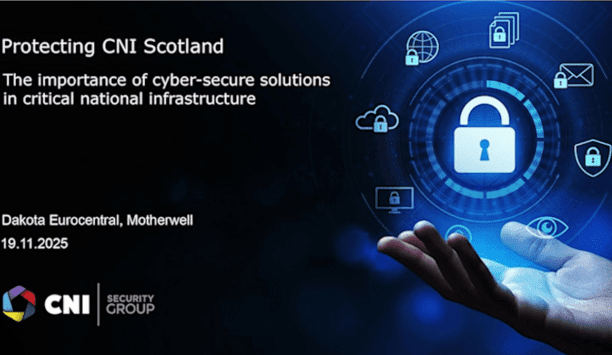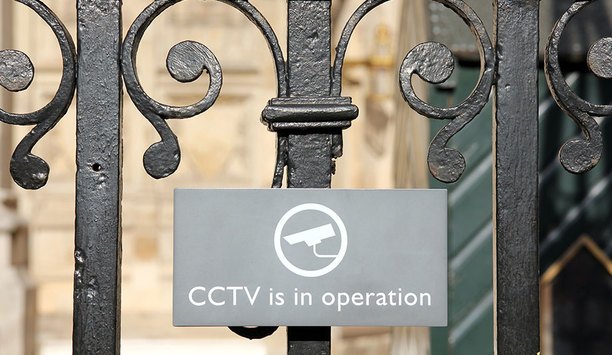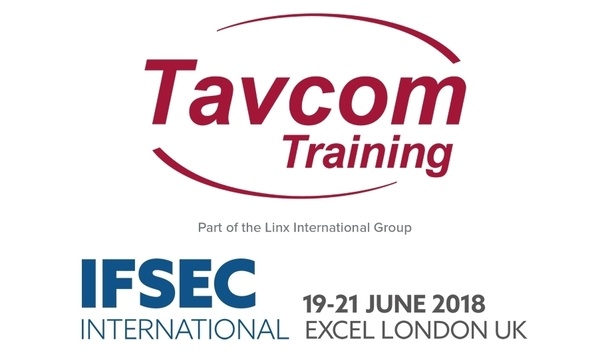Mike Gillespie

Mike Gillespie
Managing Director, Advent IM LtdMike is an information security practitioner and CLAS consultant of many years’ standing and is well versed in the threat to organizational information assets. An active member of the Security Institute since 2008, Mike was voted onto the board of Directors in 2013 and given special responsibility for Cyber Research and Strategy. Additionally he is part of the Institute’s mentoring scheme and a member of the CSCSS Global Cyber Security Select Committee. As a subject matter expert Mike is called upon regularly to speak at events and contribute editorial, most recently for the BBC and The Sunday Times as well as regular industry media.
Articles by Mike Gillespie
Problems caused by physical systems in terms of cyber-attack are quite extensive, damaging systems and assets Security experts of various disciplines agree that physical s...
News mentions
Building on their highly popular series of integrated high-security solutions events, the CNI Security Group has announced their next event, ‘Protecting CNI Scotland – The importance of cy...
Several video manufacturers have participated in the development of a U.K. 'Secure by Default' baseline standard to ensure cybersecurity measures are included in equipment as it leaves the factory. Th...
Tavcom Training, part of the Linx International Group, has announced it is once again delivering the free educational program for ‘The Future of Security Training Theatre‘ at IFSEC Interna...





























